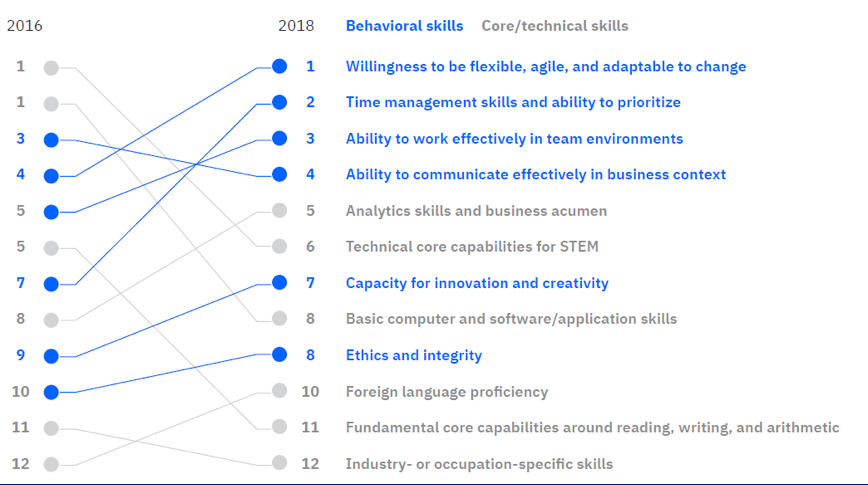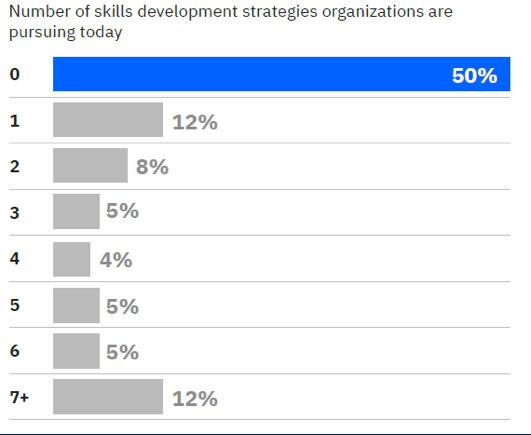
Problem Statement
Noticeably, the talent shortage is one of the biggest challenges of the organizations. The talent shortage could reach more than 85 million people by 2030. Although C-suits well recognize the challenge, they do not step forward with well defined roadmap that entails the way of tackling the challenge along with establishing future of skills, talent and culture. It is clearly inevitable for C-suits start rebuilding their organizations which involves focusing into future of skills, hiring right talents considering people analytics insights and establishing future of digital culture. Time is now, whether they will mobilize their roadmap for transforming their organizations to be part of the future of global environment or they will remain among the dusty shelves of the old world.
The Big Picture
High-skilled work force has a tremendous impact on the growth of countries as well as organizations towards achieving innovative and purposed – driven economic fundamentals. Without having high-skilled work forces, it is almost impossible to achieve delivering value to citizens and shareholders, maintain grow in business environment and create new jobs to sustain labor market. Below numbers prove that having high-skilled work force is highly prioritized by C-suits.
- Due to technological advancements and AI – enabled automation, more than 120 million employees are subject to be reskilled in the top advanced 12 countries until 2022
- Investing, reskilling and retaining best talents in the organizations are ranked #1 based on the survey answered by CEOs. On the other hand, 85 percent of CEOs said attracting and retaining talents is key challenge
Behavioral Skills Are the Key
Although executives seek blended skills that encompasses digital and behavioral skills, research suggested that behavioral skills are more vital then digital skills. Having known the future impact of AI technology in the work force market, behavioral skills will maintain its importance.

Table: Executives Survey, 2018
Fun Fact!
Interestingly, only 50 percent of the organizations have pursued skills development strategies on the edge of future of skills. Good news, C-suits are aware of the problems, yet they are not getting into the subject as much as it requires.

Table: Skill Development Program Assessment, 2018
Conclusion
Closing the skill gap and talent shortage require a strong teamwork amongst organizations, policy-making institutions and other stakeholders. C-suits of the organizations can initiate future workforce strategy that places skills at the core of their business, delivers deep visibility into the skill position of both the organizations and each work force, personalizes skills, and establishes new alliances that integrate data and insights across the work force lifecycle.

